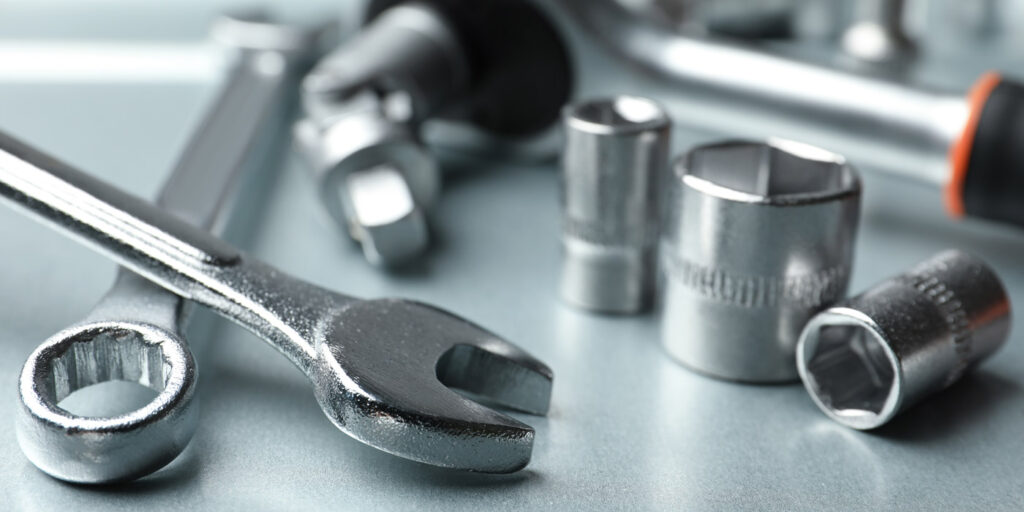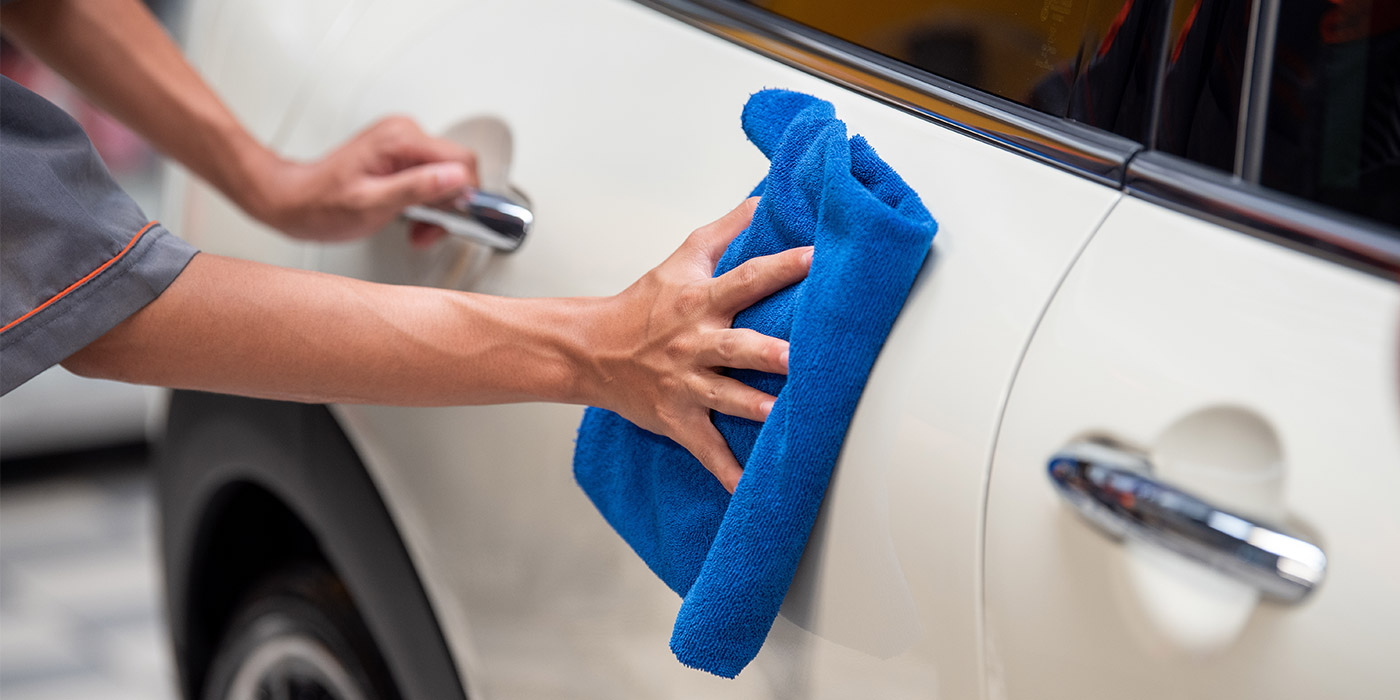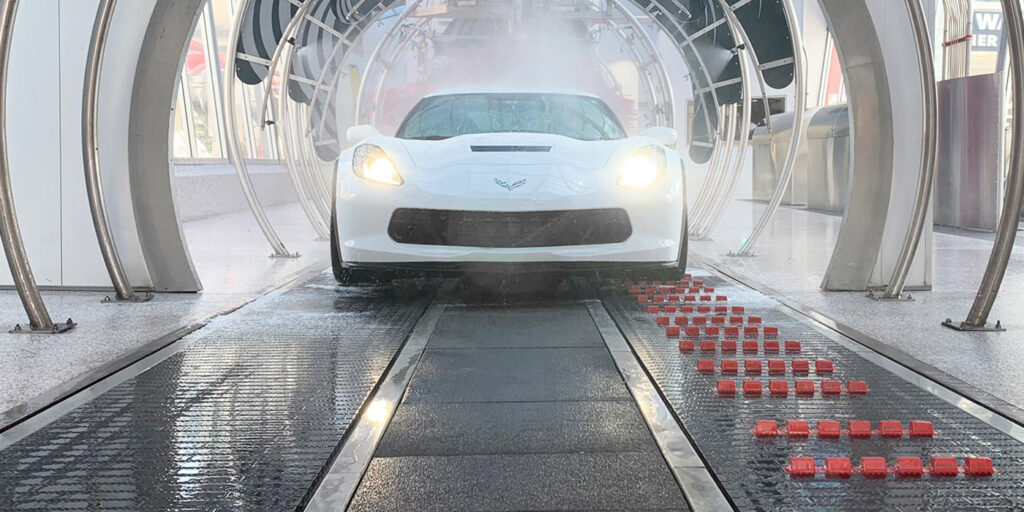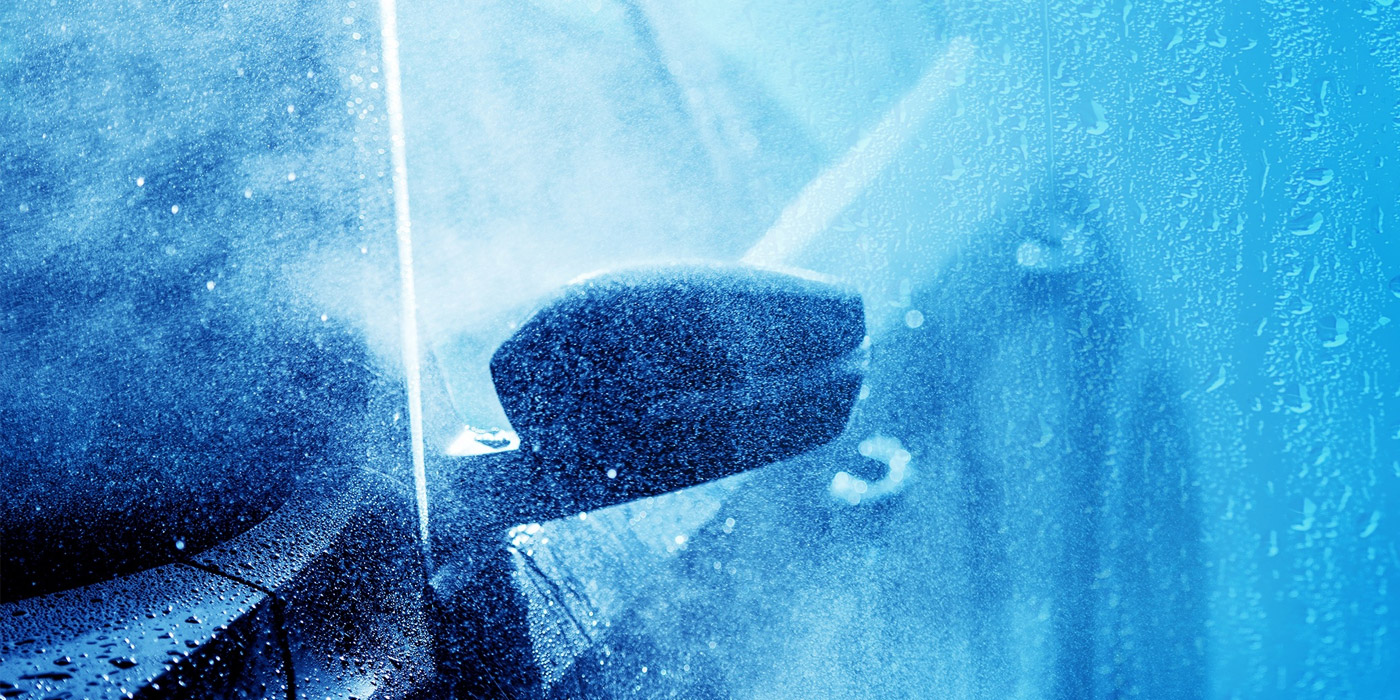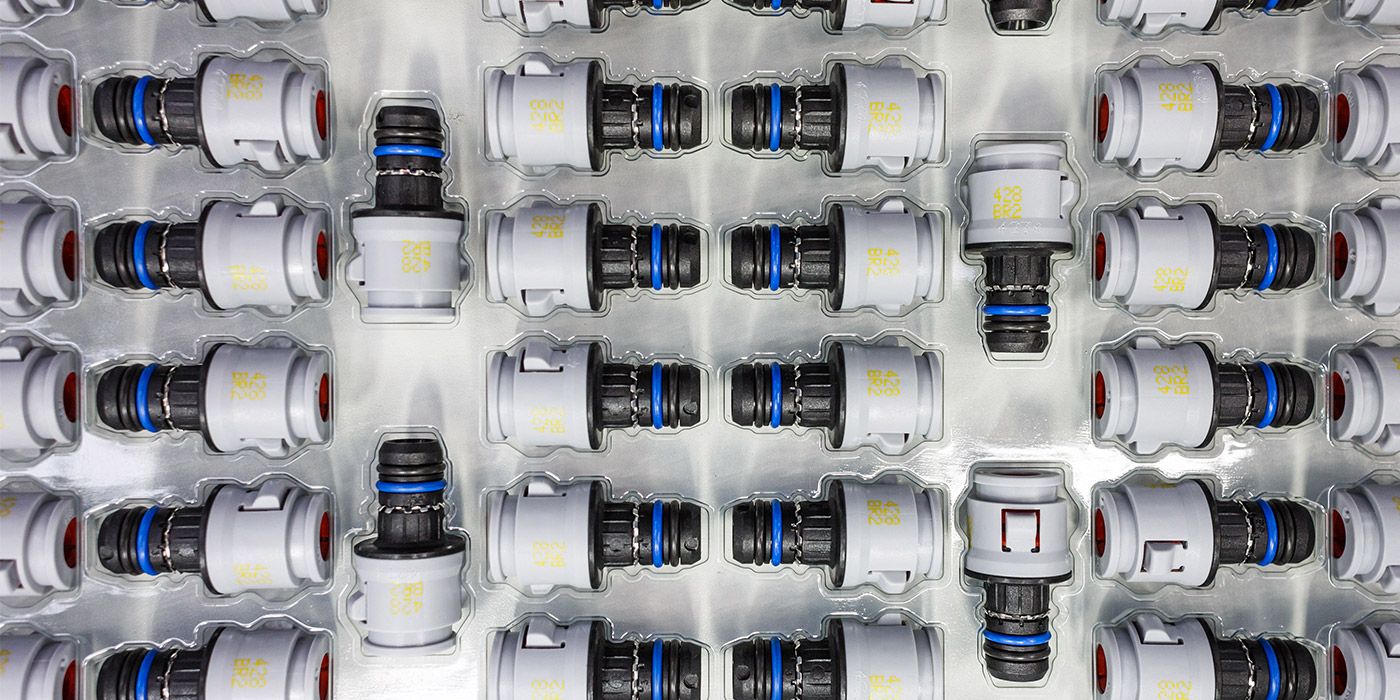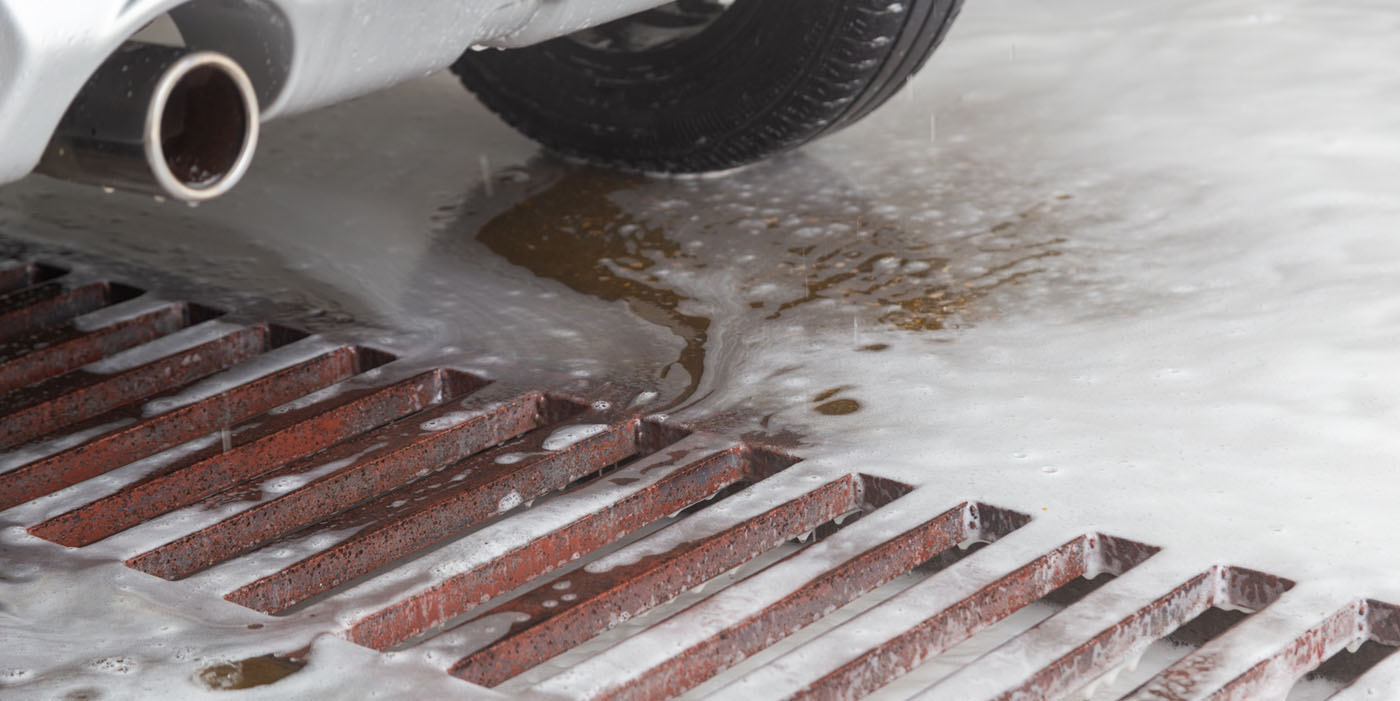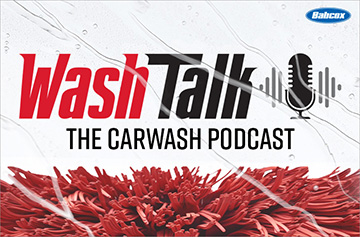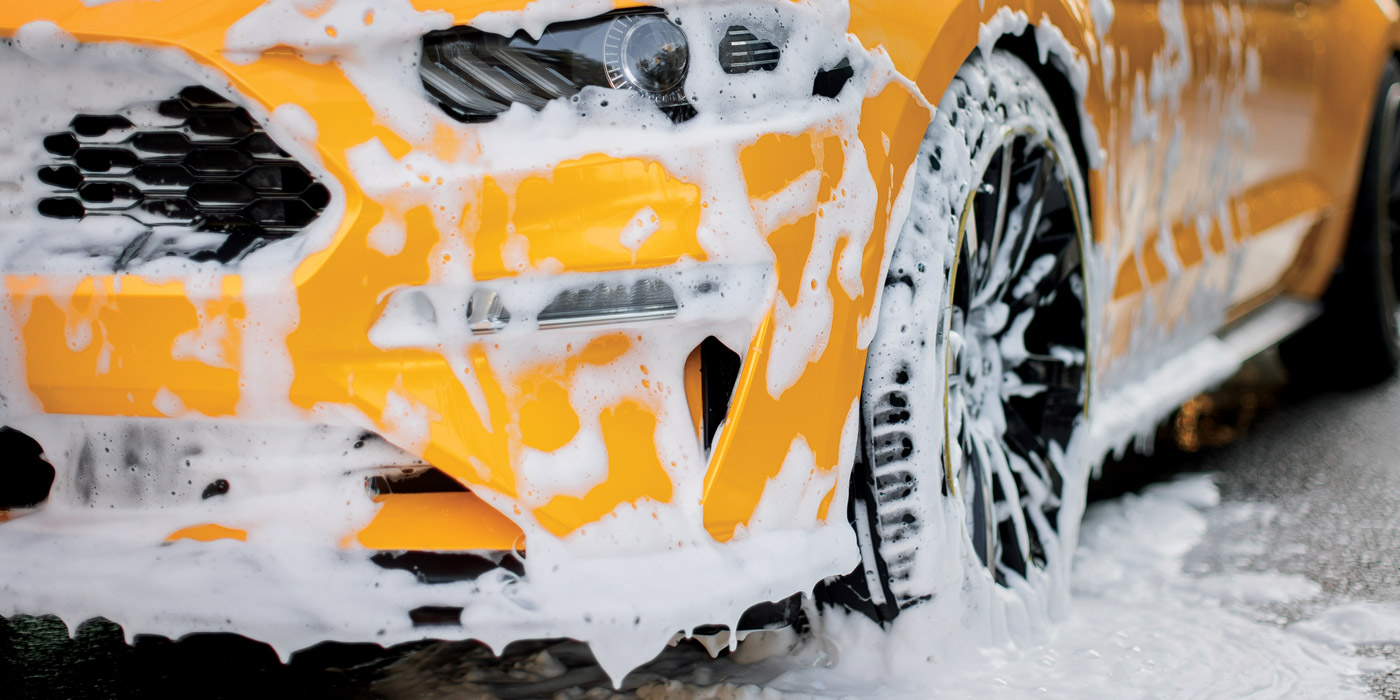Preventive maintenance is the routine inspection, upkeep and/or repair of equipment to keep it operating at optimal output, preventing costly downtime from unexpected failure. It’s a common-sense premise that every carwash operator should adopt.
The old adage holds true, “If you take care of your stuff, it’ll take care of you.” This assertion prevails for most everything in our lives. If you monitor and change the oil, wiper blades, tires and other critical components on your vehicle in a timely fashion, you significantly reduce the chance of them failing and thereby creating an inconvenient or even dangerous situation. And, of course, the same holds true for our body and personal health.
Carwash equipment, like any other machinery, requires maintenance to continue to operate effectively and efficiently. A preventive maintenance plan is one of the most important and valuable service offerings a carwash operator should consider. Temporary carwash shutdowns resulting from equipment issues are frustrating, financially detrimental and often preventable.
Preventative maintenance pros
Preventive maintenance plans give operators peace of mind via regularly scheduled visits by a qualified and experienced service professional to inspect equipment and troubleshoot, fine-tune and address any obvious or potential issues. As changes in the equipment can be subtle over time, having a preventive maintenance visit monthly or quarterly by a trained set of eyes and ears can pick up on fluctuations and failures that may otherwise go unnoticed by the carwash operator.
Many equipment problems can be caught early and fixed in a timely manner by having routine visits. While most service crews keep an impressive array of parts on their vehicles, sometimes allowing repairs to be made on the spot, preventive maintenance also allows time to get needed components before it becomes an emergency. The current and potentially ongoing manufacturing and supply chain disruptions create challenges for making last-minute repairs.
Having a preventive maintenance plan in place from day one of the carwash can reduce downtime and increase equipment lifespan. One particularly astute wash operator in Virginia experienced less than an hour of downtime in the first year of operation because of a preventive maintenance plan. “I came into this industry with absolutely no carwash experience, so having a preventive maintenance plan was critical for me,” states Liz Tilbury, general manager of Splash2o Express Car Wash in Virginia Beach, Virginia. “There is no way we would have experienced the success we have without it.”
“What’s terrific for me and my continuing education in this industry is getting to follow the service techs around during our monthly inspections, watching everything they do and learning what I should look for and be aware of,” Tilbury continues. “These techs are teaching me and are so very generous with their time and knowledge. What’s especially helpful is that the same company built our wash, so these folks know the facility and its idiosyncrasies extremely well. We’ve just got one wash at this point, but we are planning more, and having a preventive maintenance plan is atop our priority list.”
Seasonal plans
Some service companies offer options that can be customized based on the equipment package and volume of the carwash. For example, one preventive maintenance option may be semi-annual tune-ups conducted in spring and fall, as these seasons lead to a busy time for most carwashes.
With spring comes warm temperatures and pollen, and depending on the geographic area, preparation for spring can start as early as February. An expert service technician may address the following areas during a spring carwash inspection and tune-up.
Tunnel equipment
• Inspect and grease equipment bearings.
• Inspect conveyors to ensure sprockets, chains and pushers are in good repair. Also check the correlator, conveyor guide rails, decking, take-up and drive sections. Ensure that you clean your trench and that no debris from the winter months has negatively impacted your conveyor or reclaim system. Be aware of road salt, leaves, sticks, trash from the site and even debris from pickup truck beds.
• Most operators may want to have reclaim tanks pumped and cleaned.
• Inspect all hoses (water, air, hydraulic and chemical) for leaks, especially after a cold winter.
• Inspect air system (air compressors, regulators, valves and cylinders).
• Inspect cloth.
• Inspect and clean vacuum systems (filters and dirt pans).
• Check and adjust the chemical delivery system and applicators.
Self-serve and in-bay equipment
• Inspect and grease equipment bearings.
• Inspect the in-bay automatic and self-serve equipment booms and hoses for any water, air or chemical leaks.
• Check and adjust the chemical delivery system and applicators.
• Check guide rails.
Inspect proximity switches, targets and photo eyes to make sure they are reading and appropriately adjusted.
• Inspect air system (air compressors, regulators, valves and cylinders).
• Inspect cloth where applicable.
In the fall, planning begins for cold weather and a high-volume time for most washes. The aforementioned tune-up tips can and should be applied to the fall tune-up, with the following additional tips for winter preparation.
Tunnel, in-bay and self-serve equipment
• Check that the tunnel, building and site lighting are in good repair for the shorter and darker winter days ahead.
• Make sure wind curtains, doors and door actuators function correctly. The goal should be to keep the wind and cold freezing temperatures out of the bay.
• Make sure that exposed water lines are insulated as well as protected.
• Prepare and plan for icy weather and the safety of customers and crew.
• Know the dynamics of your property related to sun angles, cold spots, wind direction and tendencies for water and ice accumulation.
• Make sure all drains are open and unobstructed.
• Make sure bay heaters are working and in good repair.
• Make sure floor heat is working properly.
• Check and make sure all weep systems are working, cutting off and on as intended.
• Have additional tarping/covering for exposed conveyor trenches to help reduce heat loss and freezing.
“I’m a huge proponent of preventive maintenance plans, because it’s a lot less expensive to detect potential problems and repair machinery as you go rather than having a component break unexpectedly and shut down your wash,” concurs Tyler Mooney, vice president of operations for Caliber Car Wash — a chain with more than 50 existing and planned locations across the Southeast and Mid-Atlantic. “Every piece of equipment at every carwash we have is inspected regularly via our multiple preventive maintenance plans, and it’s worth every penny.
“One case in particular comes to mind,” Mooney continues. “During a preventive maintenance visit, the service technician discovered cylinders and shocks on brushes that were mounted slightly off of spec, causing untimely wear on the component. That discovery and adjustment were critical to avoiding a more time-consuming and expensive repair or replacement.”
Just like the vehicles it cleans, carwash equipment performs best when it receives regular tune-ups. Connect with your service provider and determine what preventive maintenance program works best to optimize your operation.
Frank Donaldson is a 22-year industry veteran, installing equipment and providing service and support to carwashes throughout the Southeast and Mid-Atlantic while mentoring fellow technicians as the service manager for Howco Inc. Since 1969, Howco has worked with thousands of carwashes of every type, providing equipment, chemicals, supplies, service and construction management to help operators plan, develop and maximize their carwash investment. Learn more at Howco.com.

